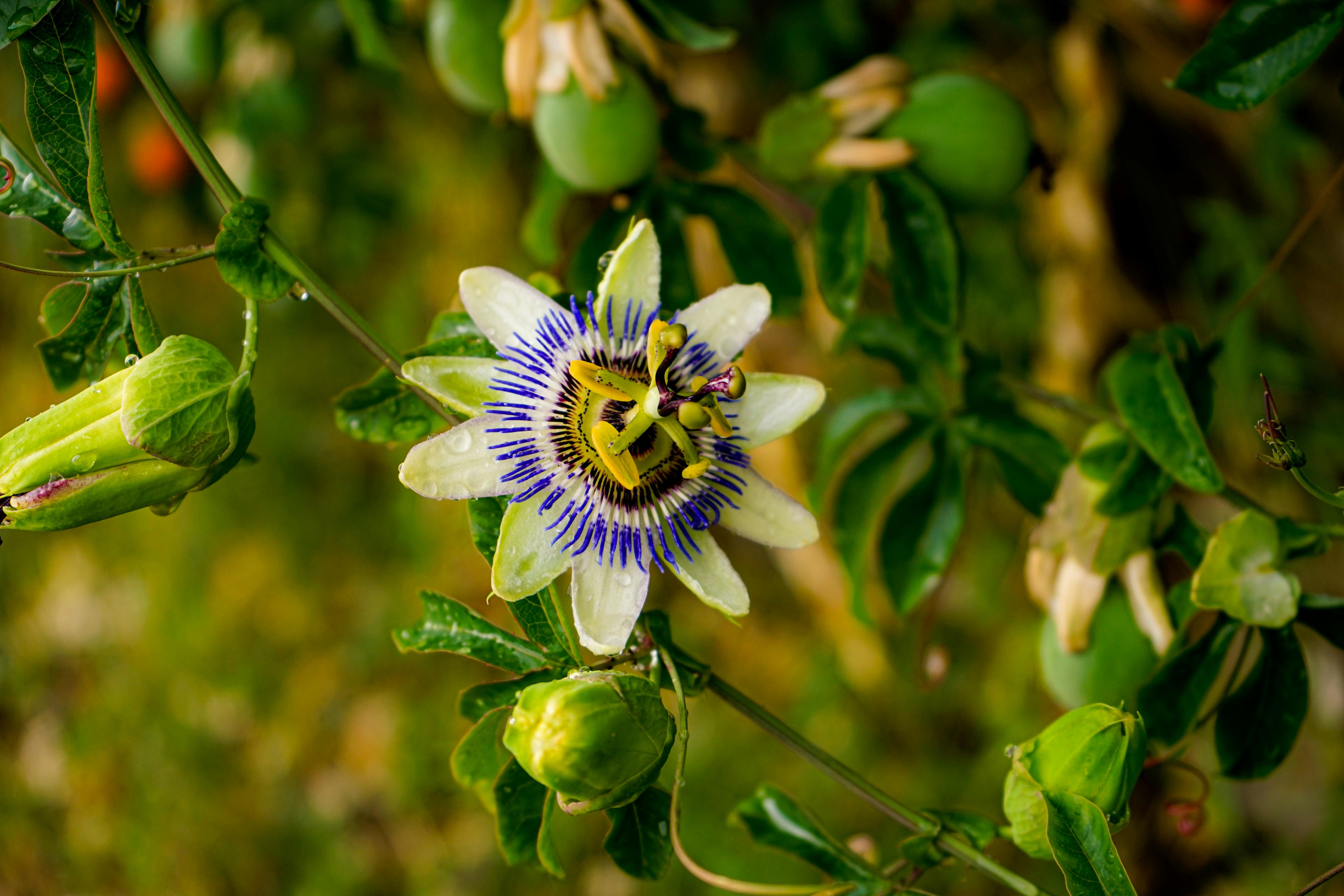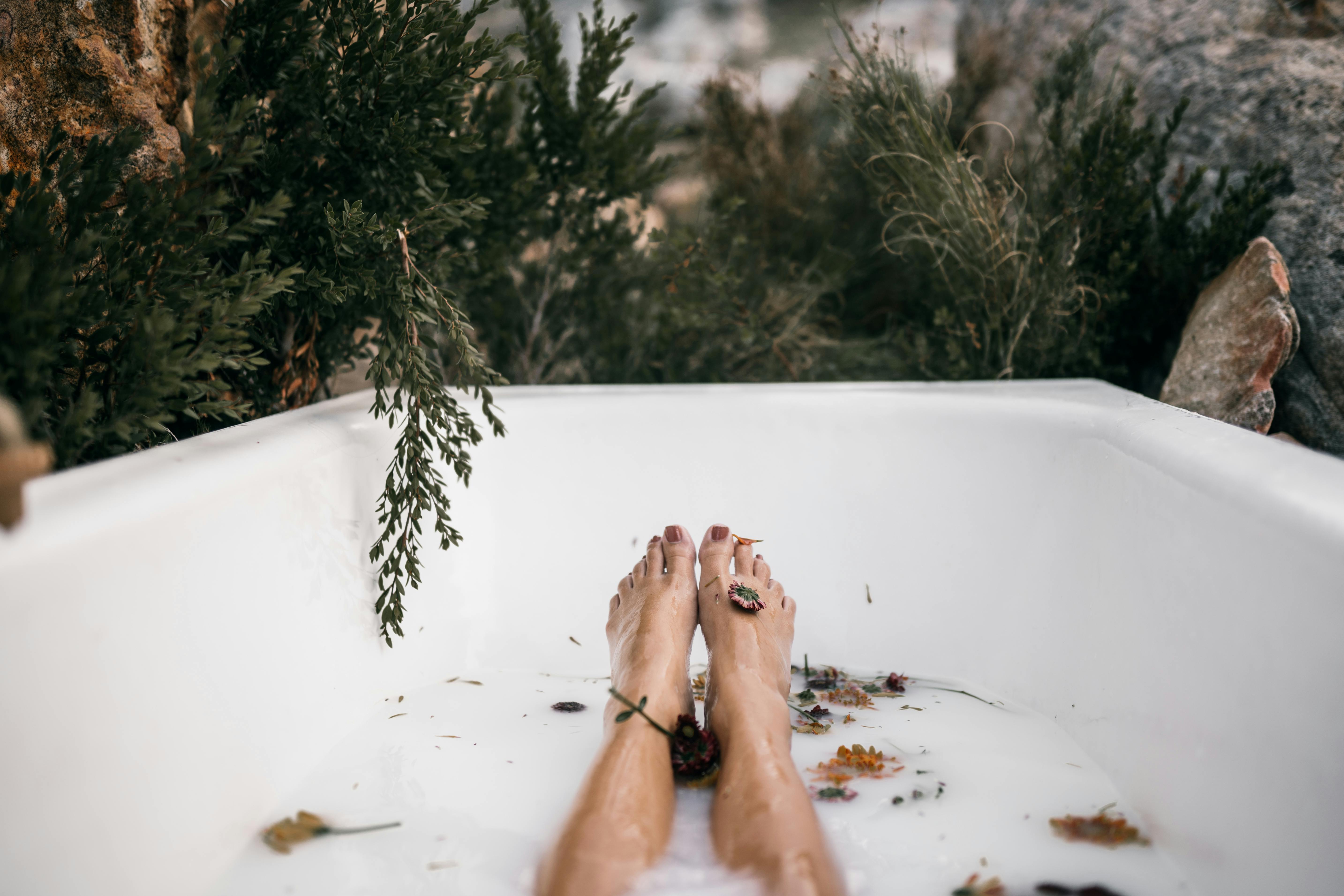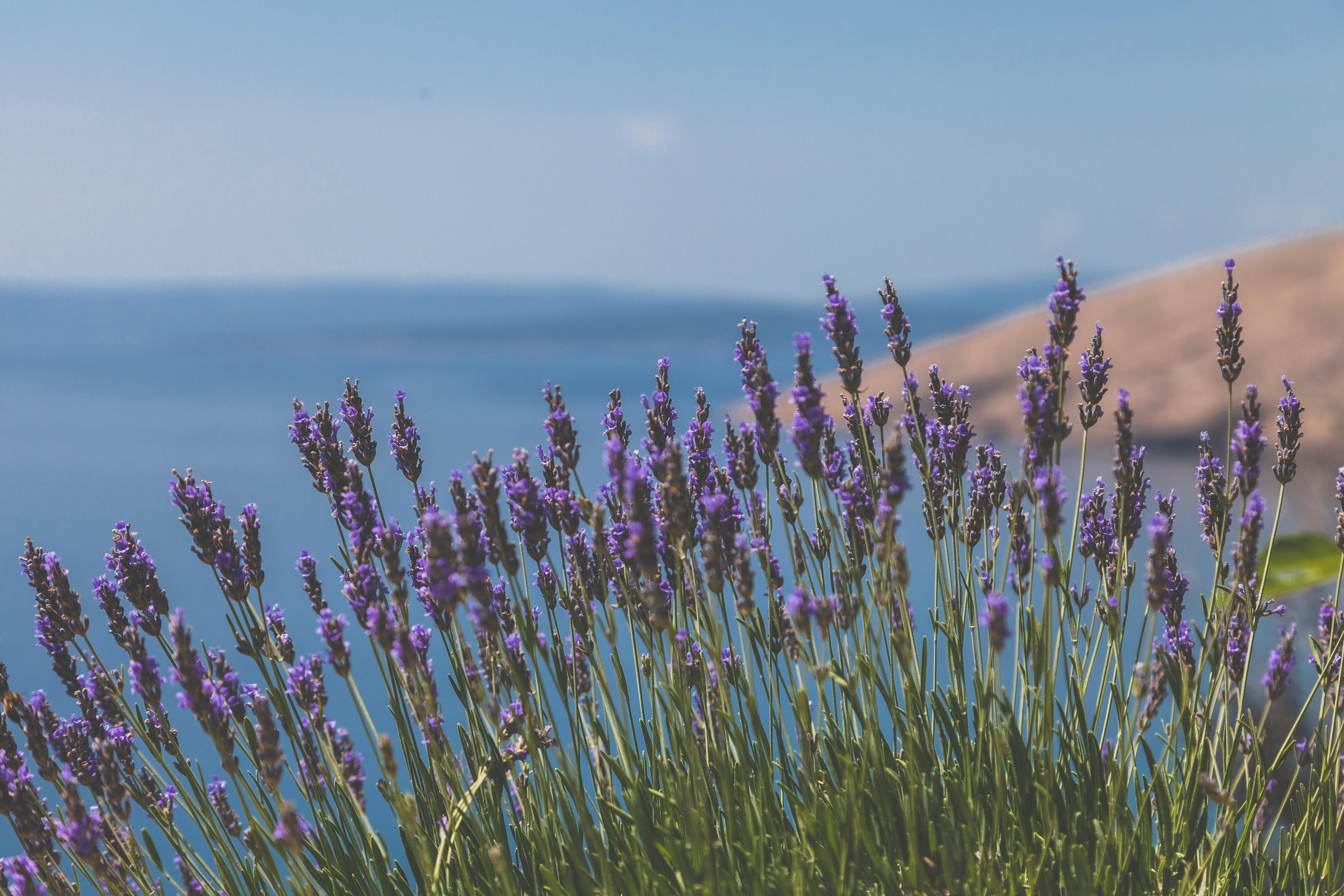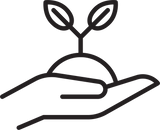What Are Demulcent Herbs?
Demulcent herbs are nature’s gooey, cooling, and soothing superstars—though some are more “gooey” than others
All demulcent herbs, however, earn their reputation thanks to their high content of long-chain sugars, known as polysaccharides, which form a carbohydrate-rich mucilage. This mucilage is hydrophilic, absorbing and holding water, making these herbs incredibly effective at soothing irritated tissues. The best way to extract their mucilaginous goodness is through a cold infusion, as this method preserves the gel-like substance that’s so beneficial.
The mucilage in demulcent herbs directly affects the mucosal membranes of the intestines and respiratory system and indirectly affects the urinary, reproductive, nervous, endocrine, and immune systems. Energetically, most demulcent herbs are considered cooling and particularly useful for conditions involving heat, irritation, and inflammation—internally and externally. When used on the skin, they are referred to as emollients and can assist in healing burns, calm itchy rashes, and even promote wound healing.
Internally, demulcent herbs offer a range of benefits: they can soothe and reduce the spasm of a cough, ease constipation, calm inflamed and irritated tissues, and provide neuroprotective benefits. They can offer support in conditions like GERD, colic, and cystitis, just to name a few. They’re also an excellent source of nutrients and soluble fiber. To truly appreciate the healing power of these herbs, let’s dive a little deeper into a few of the most effective and versatile demulcent herbs and explore their actions in more detail.
Isn’t Mucous Bad?
Okay, I lied—before we move on to the herbs, let’s quickly tackle your question: Isn’t mucus nasty? And if demulcent herbs promote mucilage, aren’t we just increasing mucus production?
Mucus is essential for our health. It’s our first line of defense against pathogens, helps us smell, and keeps our tissues from drying out. The problem isn’t mucus itself, but when it becomes excessive or gets trapped in the wrong places, like the lungs, it can trap bacteria or viruses instead of clearing them out.
The key here is balance. Our bodies need a balance of moisture and dryness, and the goal is maintaining that balance. Demulcent herbs can be beneficial if you’re on the dry side. But if you’re already producing excess mucus—say, in the case of a chronic wet cough or congestion—mucilage herbs might aggravate the situation, just as drying herbs wouldn’t be appropriate for someone already too dry.
Herbs like marshmallows and licorice can soothe and moisturize a dry, irritated cough. However, herbs like elecampane and thyme are better suited to clearing a wet cough with excess mucus. The mucus is vital to the body’s defense system. Unless you’re already experiencing excessive mucus production, demulcent herbs can be a great ally in soothing dry, irritated, and inflamed tissues.
Demulcent Herbs
Marshmallow Althaea officinalis
Marshmallows are a classic demulcent and emollient with a rich history of use dating back over 2,000 years—yes, the original marshmallows were made from this plant! The root and aerial parts can be used, though the roots are said to be more demulcent. In traditional Chinese medicine, marshmallows treat yin deficiency, a condition characterized by a lack of moisture, fatigue, cognitive decline (often due to nutrient deficiency), and excess dryness.
As a cooling, sweet herb, marshmallow soothes the mucosa throughout the body by rehydrating and coating the gastrointestinal, urinary, reproductive, and respiratory tissues. It’s beneficial for conditions like pharyngitis, bronchitis, dry spasmodic coughs, and sore throats in the respiratory system. Thanks to its mild diuretic and demulcent properties, it also helps reduce inflammation in the urinary system. It can help treat UTIs, especially when combined with other herbs like couch grass and yarrow.
Marshmallow truly shines in the digestive system. It helps normalize bowel function, whether with constipation or diarrhea. It also soothes the stomach lining, making it helpful for conditions like GERD (gastroesophageal reflux disease), inflammatory bowel disease (IBD), and ulcers. Just as it heals wounds in the gut, it can also be used topically as an emollient to promote healing in external wounds, such as abscesses, burns, or varicose ulcers.
Slippery elm Ulmus rubra
Slippery elm is the best nutritive demulcent, offering the soothing, cooling effects of demulcent herbs and vital nutrients that enhance its therapeutic action. It is high in calcium, fatty acids, B vitamins, amino acids, and vitamin C. I love taking a tablespoon a day after making a cold infusion or adding it to chia seed pudding. Indigenous people chew the bark to help thirst and make it into a porridge. Whether you’re dealing with gastritis, GERD, or ulcers, the mucilage helps to hydrate and protect the mucosal lining, reducing inflammation and promoting healing. In conditions like IBS or ulcerative colitis, where the gut lining is often compromised, slippery elm’s demulcent action creates a soothing barrier, easing discomfort and supporting tissue regeneration.
In addition to its internal benefits, slippery elm’s demulcent properties also shine through in topical applications. When applied as a poultice, it forms a moisturizing barrier on the skin, ideal for treating wounds, burns, and rashes, helping protect and hydrate damaged skin while encouraging faster healing. The mucilage helps draw moisture to the site, preventing the area from drying and promoting tissue repair. Furthermore, slippery elm contains tannins, which give it some astringent and antimicrobial qualities, making it helpful in preventing infection in minor wounds.
Its inner bark is used, and due to poaching and the threat of elm beetle disease, it’s crucial to source slippery elm sustainably to protect wild populations and ensure its continued availability. You can learn more on the United Plant Savers website!
Plantain Plantago major
Plantain is both demulcent and mildly astringent. This balance allows plantain to soothe and calm irritated tissues, helping tone and strengthen them. The young, soft leaves are ideal for use.
Internally, plantain’s demulcent actions shine through by relieving inflamed or irritated mucous membranes, particularly in the digestive and respiratory systems. The mucilage in plantain helps coat and protect the lining of the digestive tract, soothing conditions like gastritis or ulcers while reducing inflammation. It’s also helpful for calming a dry, irritated cough and soothing the respiratory mucosa, making it a fantastic choice for conditions like bronchitis or sore throats. I also find plantain to be an excellent plant for hay fever symptoms.
Externally, plantain is most famously known as an emollient/vulnerary herb. It’s commonly used to soothe red, hot, and inflamed skin conditions, effectively treating burns, rashes, and wounds. Thanks to its demulcent properties, plantain forms a cooling, protective layer over the skin, helping to lock in moisture and promote healing. It is also antibacterial and antimicrobial, helping to stop infection.
But plantain stands out even further in its drawing action, which helps extract toxins and foreign materials from the skin. This makes it highly effective for treating venomous bites (like snake or insect stings) and removing splinters. Additionally, this drawing action can benefit acne-prone skin by helping to pull out impurities promoting clearer skin by addressing clogged pores and inflammation. See, it truly is the best first-aid plant!
Other Demulcent Herbs: Violet, licorice, limeflower, and chia seed.
Conclusion
It’s essential to recognize that demulcent herbs influence far more than irritated tissues by moisturizing the body—they impact nearly every system within the body. From hormonal regulation to immune function, proper hydration is essential for maintaining balance and supporting optimal health. When we nourish the body with these herbs, we’re not only soothing inflammation or promoting tissue repair but also fostering better detoxification, supporting cellular health, and enhancing the body’s natural ability to fight off infections.
One vital contraindication to be aware of when using demulcent herbs is that their mucilage, while soothing and protective, can slow the absorption of other substances in the small intestine. Because these herbs form a gel-like coating on the mucous membranes, they may interfere with the absorption of medications or other nutrients. To avoid this, taking medicines at least an hour before consuming demulcent herbs, particularly those that form thick mucilage, is best. This ensures that the herbs won’t hinder the absorption of the medication and that you can fully benefit from both the therapeutic effects of the herb and the effectiveness of any prescribed treatments.













Leave a comment